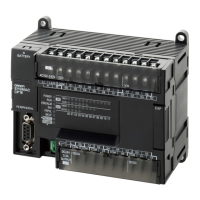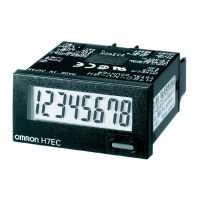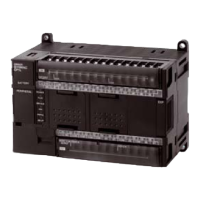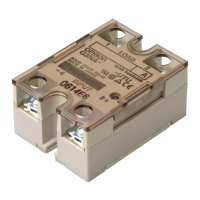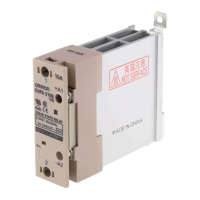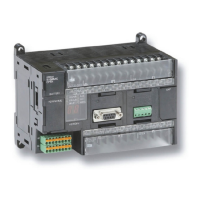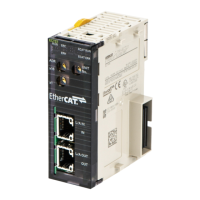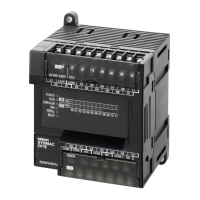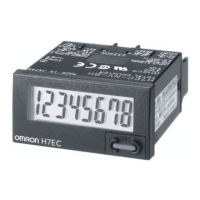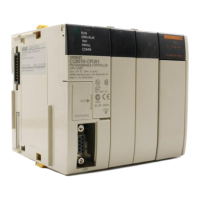7-7
7 Tag Data Link Functions
NJ/NX-series CPU Unit Built-in EtherNet/IP Port User’s Manual (W506)
7-1 Introduction to Tag Data Links
7
7-1-4 Overview of Operation
*3 The following table lists the variables that you can specify as tags.
*4 The maximum number of tags is given for the following conditions.
• All tag sets contain eight tags.
• The maximum number of tag sets (32) is registered.
*5 If the two built-in EtherNet/IP ports are used simultaneously, the maximum communications data size for two
ports in total will be reached.
In this manual, the connection information that is set is called tag data link parameters. This section
describes how to set tag data links with the Sysmac Studio and the Network Configurator.
First, create any variables that you want to use for tag data links as network variables in the Sysmac Studio.
1
Set the Network Publish attribute to Input or Output in the Global Variable Table for the variables
you want to use for tag data links (i.e., as tags).
2
To maintain concurrency in tag data within a tag set, set all tags (i.e., variables with a Network
Publish attribute) within the same tag set as follows:
Set a refreshing task for variables with a Network Publish attribute to maintain concurrency as
described below for tag data link data.
Refer to 7-1-7 Concurrency of Tag Data Link Data for details on the concurrency of tag data link
data.
• Maintain concurrency in the tag data in a tag set.
• The timing of updating network variables that are assigned to tags is synchronized with the
execution period of the program that accesses the network variables.
Precautions for Correct UsePrecautions for Correct Use
• If a variable with AT specification is used to a tag, you do not need to set a refreshing task. It is
refreshed in the primary periodic task.
• You cannot use the following notation, which specifies an I/O memory address, in the variable
name of any variable used in a tag data link.
1) Variable names that contain only single-byte numerals (Example: 001)
2) Variable names with the following single-byte letters (uppercase or lowercase) followed by
single-byte numerals
• H (Example: H30)
• W (Example: w30)
• D (Example: D100)
• E0_ to E18_
Type Example Specification
Variables with basic data types aaa Supported.
Enumerated variables bbb Supported.
Array variables
Arrays ccc Supported.
Elements ccc[2] Supported.
Structure variables
Structures ddd Supported.
Members ddd.xxx Supported.
Union variables
Unions eee Supported.
Members eee.yyy Supported.
7-1-4 Overview of Operation
Setting Network Variables (Sysmac Studio)
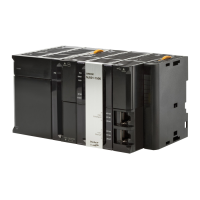
